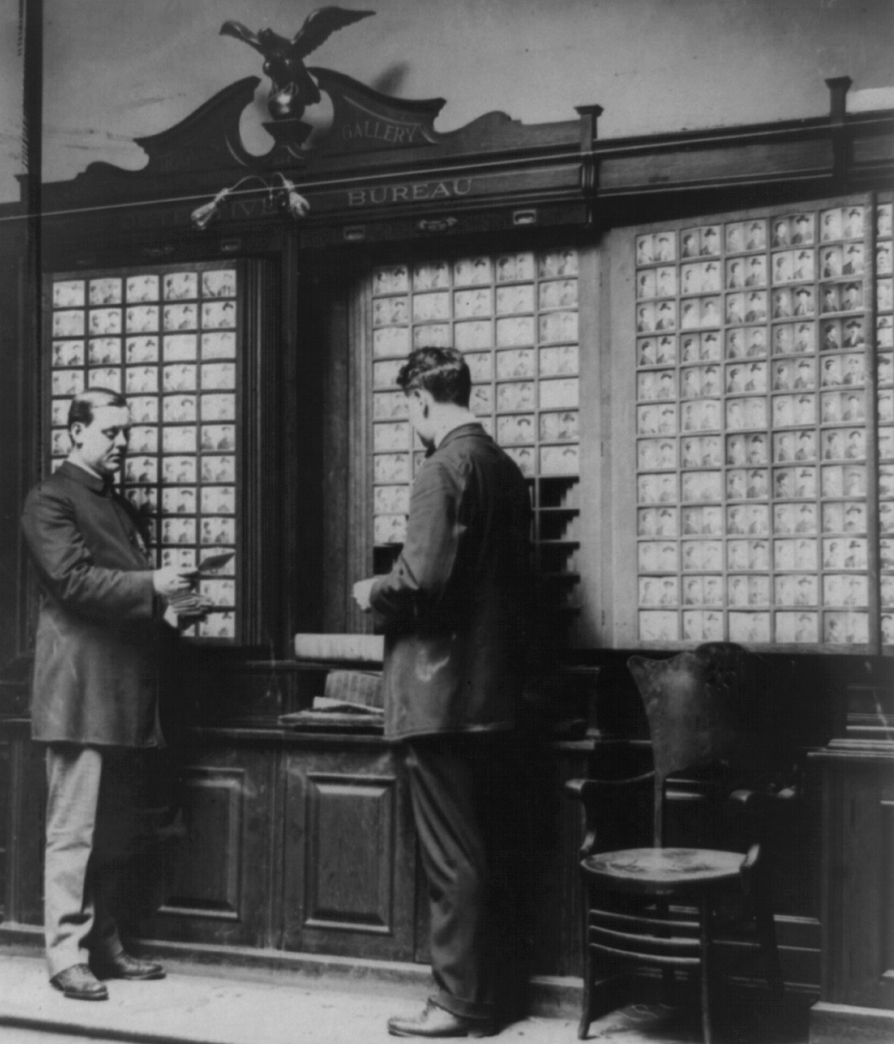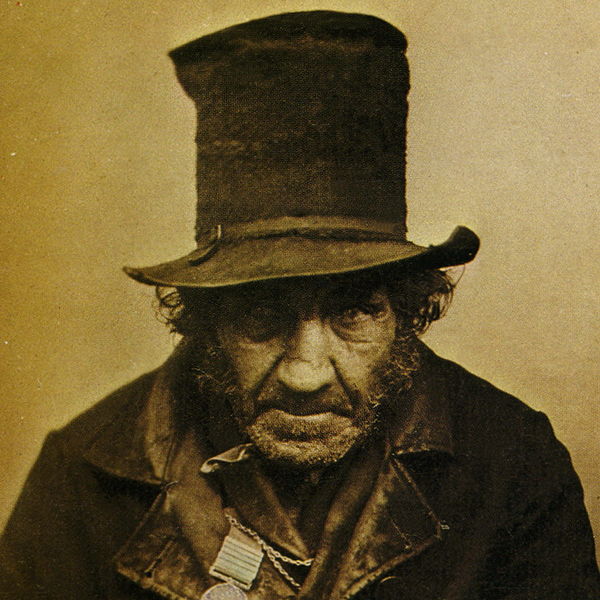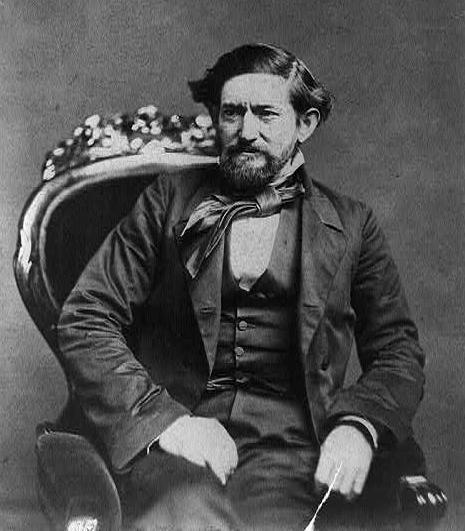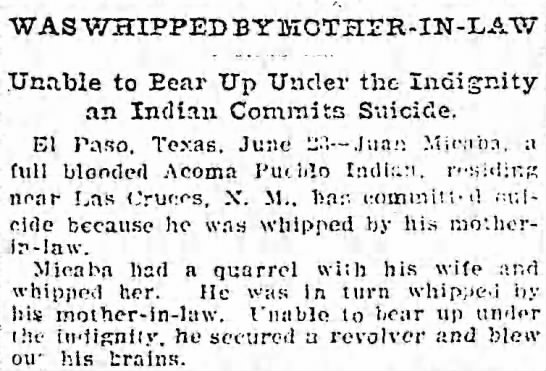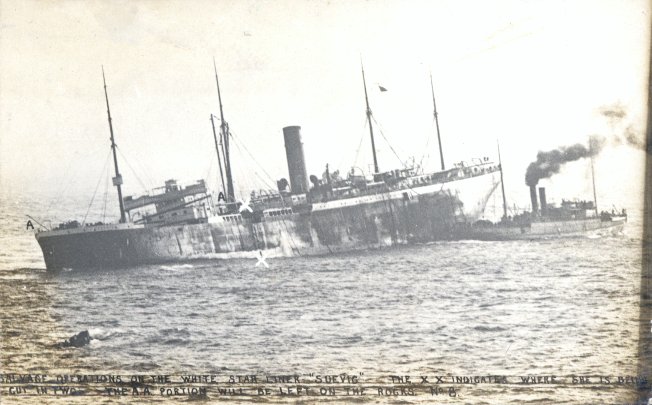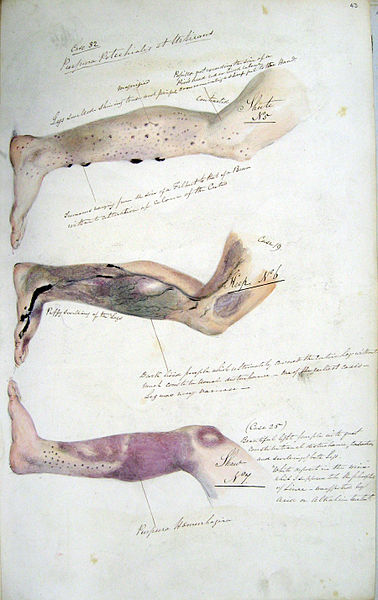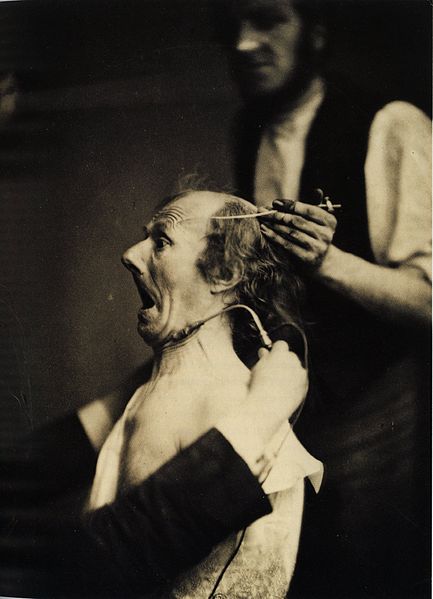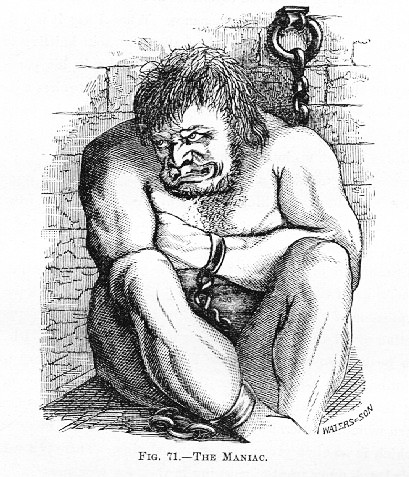
The original Thanksgiving was the sharing of a beautiful bounty among Native Americans and white Europeans. Then, once everyone was full, the bloodletting began in earnest. A horrifying thing that so-called Indians and whites did, after we began invading and stealing their land, was to scalp one another. A story from the July 6, 1890 Brooklyn Daily Eagle, originally published in the Nebraska City News, tells how the scalps of three American Indians ended up in a shop window in Bavaria. An excerpt:
“Frederick Beyschlag concluded some fifteen years ago to make up a collection of Indian relics, such as tomahawks, bows, arrows, moccasins, buffalo robes, etc., all of which he forwarded to his aged father in Germany as a present. In the collection were three scalps, which Dr. Renner had contributed. The hair of two of them was jet black, with the braided scalplock, which designates the warrior of most Indian tribes. The third scalp bore thin, long, light, blonde hair, evidently coming from a massacred man and not a woman, for the latter generally uses a fine comb more effectively when circumstances require it.
The doctor had taken these scalps from the Sioux in August, 1804, at the time when they made their terrible raid on the Blue River region and Colonel O.P. Mason ordered him to place himself between the fleeing settlers and the pursuing Indians, furnishing only a few companions, 27 muskets and 2,000 rounds of buck and ball cartridges, which Dr. Renner distributed among the horror stricken refugees on the Blue and Sandy, whereupon he and a half dozen frontiersmen, armed with Spencer and Henry rifles, Colt’s navy and dragoon revolvers, took up the trail of thirty or forty of the marauding Cheyenne Sioux and followed it across the Republican into Kansas without any difficulty, as the doctor was acquainted with every creek, crossing, hill and valley, having been, in 1857 and 1858, a member of the surveying parties under Generals Manners and Calhoun, who established the boundary between Kansas and Nebraska, commencing in the middle of the channel of Missouri, running west along the fortieth degree northern latitude to the summit of the Rocky Mountains.
When Dr. Renner returned to this city he prepared his trophies carefully with alum and arsenic, so that they are in a good state of preservation to this day.
A few years ago the venerable father of Mr. Beyschlag died and the Indian collection came into the possession of the heirs; they were all afraid of these three scalps, nobody dared to handle them, yes, even the look of them gave the German ladies the horrors. So they concluded to sell them and did so at a fair price. This explains how the three scalps raised in Nebraska form this day an attractive feature in the show window of Mr. Offenhauser, friseur and perruquier (hair dresser and wig maker) on the ‘Schranne’ or corn market in Nördlingen, a thriving city in Middle Bavaria, the native place of the Beyschlag family.”








